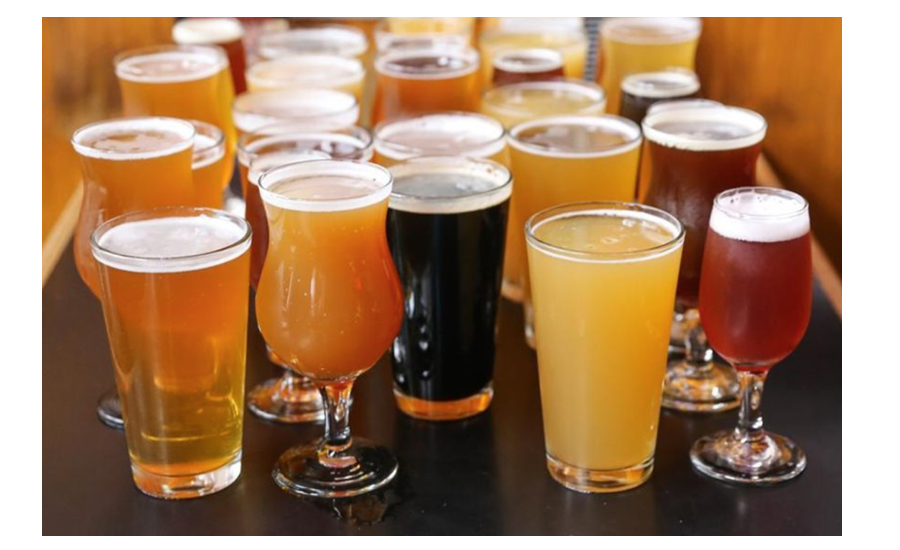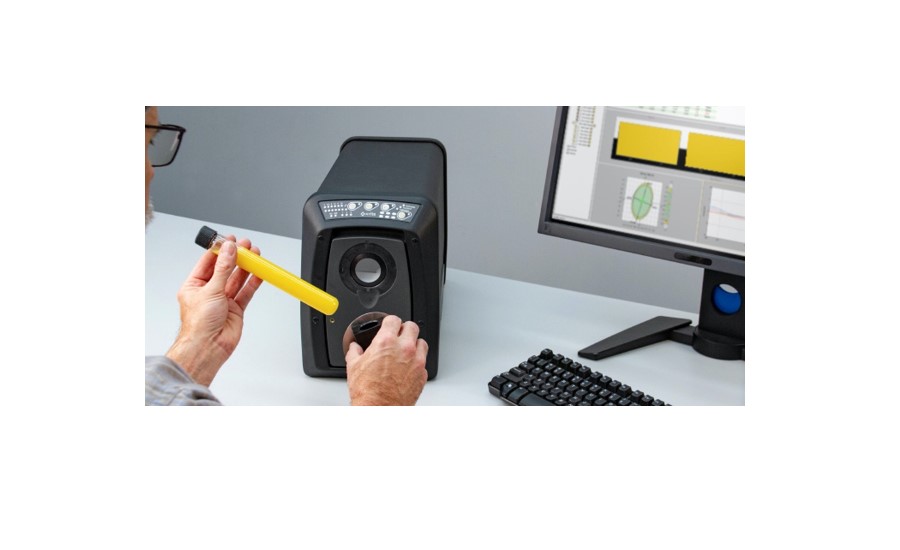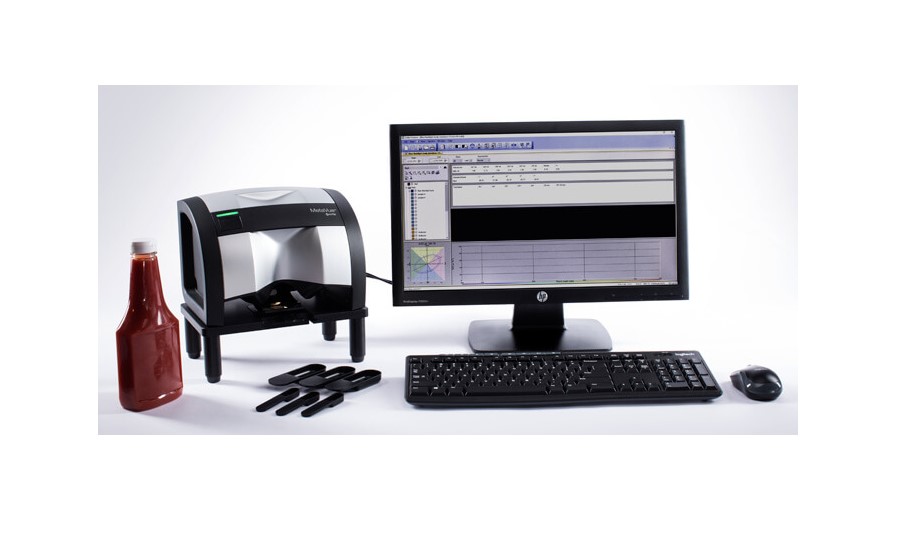Measuring the color of drinks, juices and other liquids

Studies show that color is a critical factor in a consumer’s purchasing decisions and taste perception. Getting consistent color in juices, dairy, sports drinks, beer, spirits, and other liquids is an essential part of food production. However, color is one of the more difficult things to control during production. Any change in lot-to-lot color can make a big difference in the color of the final mix, especially when dealing with natural ingredients like fruit which can vary in color.
Beverages and other liquids are hard to measure because it can range in transparency from translucent to opaque. Liquids are also hard to hold, and the measurement device can’t touch it or the optics and the sample will both be contaminated. In order to achieve accurate and consistent color, beverage and food manufacturers need to select the right spectrophotometer for the liquid sample, understand how to present a liquid sample, and what to do with the data once the measurement is complete.
Choosing a device for liquid color measurement
A key ingredient of any color management strategy is a spectrophotometer which measures the spectral reference curve of a color. Essentially this is a color’s fingerprint. Choosing a spectrophotometer for liquids depends on the transparency of sample. Is it translucent or opaque?
Take apple products, for example. Apple juice has a light color but is mostly translucent so light passes through easily. Apple cider is fairly opaque due to the pulp. Similar to orange juice, light passes through and can illuminate it from behind, but it’s not translucent like apple juice. Applesauce is almost completely opaque. Although all three of these products are made from apples, the color of each is measured differently.
When measuring a liquid with opacity, the light will not completely pass through it. Opaque liquids, such as apple cider, orange juice or a dark stout must be measured in reflectance mode. To take the measurement, the spectrophotometer shines a light into the sample and records the type and percentage of light that is reflected off of the sample.

Since light passes through a transparent liquid like apple juice, it must be measured in transparent mode. To take the measurement, the spectrophotometer shines a light through the sample and measures the type and amount of the light that passes through.
Many food and beverage manufacturers opt for a benchtop sphere spectrophotometer to measure liquids. These types of instruments have the ability to measure in reflectance mode for opaque materials, while transmission mode can capture color of translucent or transparent liquids, as well as quantifying opacity and haze. They can also be easily fitted with a test tube holder to measure all types of liquids.
For example, the X-Rite Ci7000 series of benchtop sphere spectrophotometers measure in both reflectance and transmission mode, with the exception of the Ci7500 and Ci7520 which both measure in reflectance mode only. This makes them an economical choice for labs that do not need to measure translucent liquids.

To measure a thicker liquid such as applesauce or ketchup, manufacturers can use a non-contact spectrophotometer such as the X-Rite MetaVue VS3200. This device can be fitted with a stand and different types of trays to hold liquids, pastes, and gels, as well as other non-liquid items like powders and non-planar items. The tray slides into the instrument stand holder under the device into position for a reflectance measurement.
How to use data from liquid color measurement
Once manufacturers have selected the right measurement instrument, you can use data to help control color. Each measurement captures the type and percentage of light that passes through or reflects off the sample. When entered into a quality control program like Color iQC, this data can provide insight about the color and transparency of the liquid.

Using standard CIE color metrics and tolerances, quality control software can plot where each sample falls compared to the standard. This makes it easy to identify if it falls within the defined tolerance. This data can help determine what to add or subtract in the recipe to adjust the color so it passes tolerance.
Quality control software can also determine whether a measurement meets a specific index, such as the Orange Juice Index, to earn a USDA grade. A higher grade has a higher value, which makes measuring liquid color important to determine accurate pricing.
Sometimes the data can be used to adjust the recipe, and sometimes it can’t. For example, if it’s a naturally occurring product such as a fruit or vegetable juice, the spectrophotometer is measuring what the recipe created using the raw ingredients like oranges or tomatoes. Additives cannot be used to adjust the final color, but the results can still help grade the product.
A spectrophotometer and software can also quantify the clarity of a liquid. Back to our apple juice example, if the transmission measurement shows not enough light is passing through, the juice may need to be filtered.
With the right color measurement instrumentation and software in place, beverage and food manufacturers can ensure product quality throughout the entire manufacturing process for maximum consumer appeal.
For more information: www.xrite.com
Looking for a reprint of this article?
From high-res PDFs to custom plaques, order your copy today!




